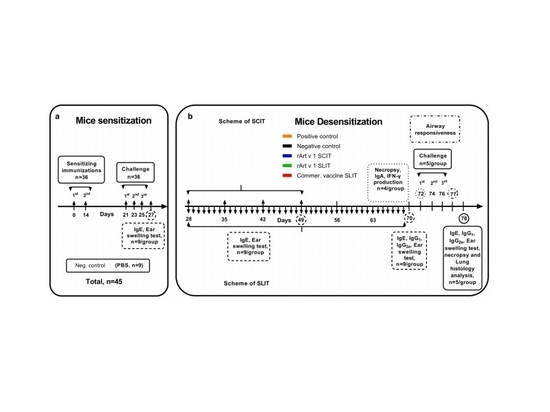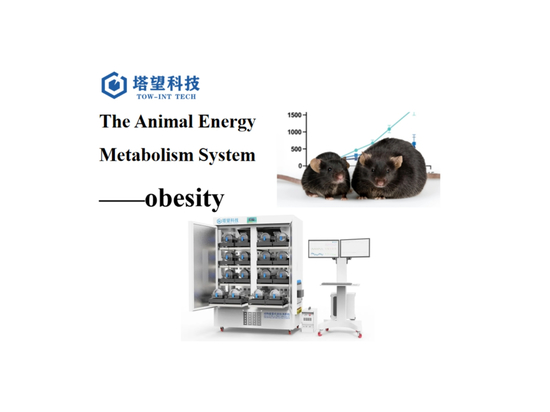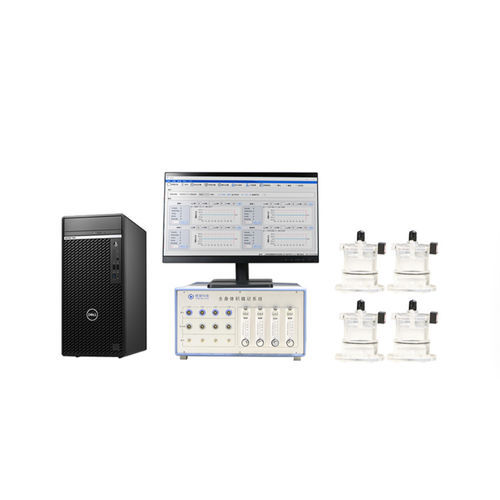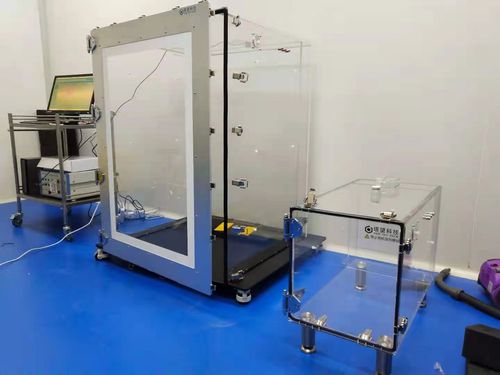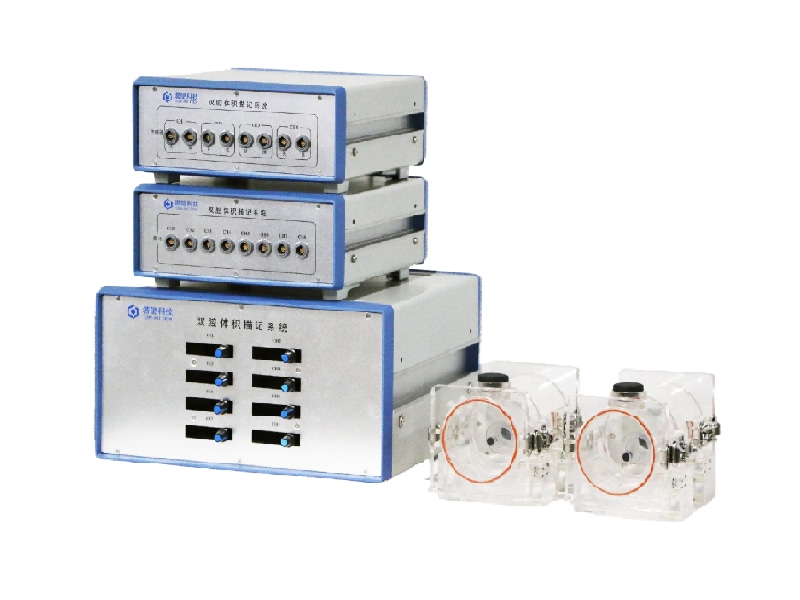
#Industry News
Non - invasive Pulmonary Function Testing: WBP vs NAM
This article mainly introduces WBP and NAM. Both devices are classified as the category of non - invasive pulmonary function testing.
1. Common Methods of Pulmonary Function Testing
Pulmonary function testing is a powerful "weapon" for evaluating lung health. It plays a pivotal role in medical research and disease diagnosis. Pulmonary function testing methods can be divided into two categories: invasive and non-invasive. The invasive pulmonary function testing methods mainly include Airway Resistance and Compliance (RC) and Pulmonary Function Test (PFT). The non-invasive pulmonary function testing methods mainly include Whole Body Plethysmography (WBP), Non - invasive Airway Mechanics (NAM), and Head-out Plethysmography (HOP). This article mainly introduces WBP and NAM.
2. Whole Body Plethysmography, WBP
2.1 Working Principle
The WBP whole body plethysmography detection system is an advanced device for evaluating animal lung function, playing an important role in respiratory disease research and drug development. Its working principle is based on Boyle's law. The animal is placed in a sealed plethysmograph box. When the animal breathes, the undulation of the chest wall causes a change in the volume of the plethysmograph box. This volume change is then converted into an electrical signal through a pressure transducer and an amplifier. After being processed by a computer, the respiratory curve can be clearly displayed on the computer screen. Through further analysis by professional software, a series of key respiratory parameters such as tidal volume, peak expiratory flow rate, and respiratory rate can be accurately calculated.
2.2 Test Parameters
Ti: Inspiratory Time (s)
Te: Expiratory Time (s)
PIF: Peak Inspiratory Flow (ml/s)
PEF: Peak Expiratory Flow (ml/s)
Volbal: Difference between Inspiratory/Expiratory Volume
F: Breath Frequency (breaths per minute)
Vt:Tidal Volume(ml)
Mv:Minute Ventilation(ml)
AV:Accumulated Volume(ml)
EF50: Mid-tidal Expiratory Flow
EIP: End-inspiratory Pause (Invasive Method)
EEP: End-expiatory Pause (Invasive Method)
TR: Relax Time
PenH: Enhanced Pause
Rpef: Ratio of Time to Peak Expiratory Flow
2.3 System Characteristics and Advantages
Unrestrained/Non-invasiveon: It can be used for research on animals breathing in the most natural and unrestrained state and for long-term follow-up experiments. It is suitable for initial drug screening, without the need for surgery, avoiding the impact of anesthesia and surgery on the experiment.
Multifunctional Aerosol Nebulization Module: Integrates respiratory detection, on-line nebulization drug delivery, and bias flow function.
Optional Water Bottle and Food Port: It can be used for long-term continuous monitoring.
Selectable Experimental Chamber Size: It is suitable for mice, rats, or other animals.
Rich in Functions and Expandable: It includes functions such as automatic cough monitoring, automatic asthma experiments, optogenetics, and electroencephalogram.
2.4 Application Areas
The application scope of the WBP whole body plethysmography detection system is very wide, covering multiple fields. In the research of respiratory diseases, it is an important tool for studying asthma, pulmonary fibrosis, chronic obstructive pulmonary disease (COPD), acute respiratory diseases, etc. By monitoring the changes in respiratory parameters of animals under different conditions, researchers can deeply understand the pathogenesis of these diseases and provide a theoretical basis for the development of new treatment methods.
In the field of drug development, the WBP system can be used for the safety evaluation and toxicological research of drugs. By observing the impact of drugs on the respiratory function of animals, the safety and potential adverse reactions of drugs can be evaluated. In the process of developing some new drugs, the WBP system is used to detect the impact of drugs on parameters such as the respiratory rate and tidal volume of animals, to judge whether the drugs have adverse reactions such as respiratory depression, thus providing an important reference for the further development of drugs.
3. Non-Invasive Airway Mechanics, NAM
3.1 Unique Design and Principle
The Non-Invasive Airway Mechanics (NAM, also known as double chamber plethysmography, DCP) uses a uniquely designed plethysmograph to separate the head and body of the animal in the head chamber and body chamber, and can measure nasal flow and thoracic flow respectively. By analyzing the delay of nasal flow relative to thoracic flow, specific airway resistance (sRaw) and specific airway conductance (sGaw) can be obtained, and the airway resistance of animals can be evaluated more accurately. sRaw is a widely accepted ideal indicator to replace invasive detection, providing researchers with a safer and more reliable detection method, enabling us to understand the lung function of animals in depth without harming them.
3.2 Test Parameters
Ti: Inspiratory Time (s)
Te: Expiratory Time (s)
PIF: Peak Inspiratory Flow (ml/s)
PEF: Peak Expiratory Flow (ml/s)
Volbal: Difference between Inspiratory/Expiratory Volume
F: Breath Frequency (breaths per minute)
Vt: Tidal Volume(ml)
Mv: Minute Ventilation(ml)
AV: Accumulated Volume(ml)
EF50: Mid-tidal Expiratory Flow
EIP: End-inspiratory Pause (Invasive Method)
EEP: End-expiatory Pause (Invasive Method)
TR: Relax Time
EV: Expiratory Volume
Penh: Enhanced Pause
Rpef: Ratio of Time to Peak Expiratory Flow
NTV: Nasal Tidal Volume
NEV: Nasal Expiratory Volume
sRaw: Specific Airway Resistance
sGaw: Specific Airway Conductance
3.3 Main Features
The NAM non-invasive animal lung function detector has many commendable features.
In terms of detection method, there is no need to anesthetize and intubate the animal, avoiding the harm and stress response caused by anesthesia and tracheal intubation to the animal's body, making the detection results more authentic and reliable.
In terms of detection indicators, it can detect special airway resistance sRaw and special airway conductance sGaw. These indicators are of great significance for evaluating the lung function of animals.
During the detection process, the airflow changes in the nose and chest are detected separately, and a comprehensive analysis and calculation are carried out, resulting in more accurate results.
It has a flexible nebulization drug delivery system, providing a perfect solution for pharmacological and toxicological research.
It has a bias flow air supply mechanism to avoid the accumulation of exhaust gas.
3.4 Application Areas
In terms of applications, it is very suitable for the research of asthma, COPD, etc. Since animals do not need anesthesia and tracheal intubation surgery, the response of the same animal to drugs or therapies can be studied for a long time. This is of great significance for studying the pathogenesis of diseases, evaluating drug efficacy, and developing new treatment methods. In asthma research, researchers can use the NAM animal double chamber plethysmography system to long-term monitor the changes in the lung function of asthma animal models at different treatment stages, so as to better understand the pathogenesis and treatment effect of asthma and provide a basis for the development of more effective asthma treatment drugs.
4. Differences and Advantages of NAM Compared with WBP
WBP and NAM differ in several aspects. In terms of the detection method, WBP is non-invasive and allows animals to move freely within the plethysmograph box, providing a more natural state for measurement. On the contrary, NAM, though also non-invasive, requires animals to be fixed in the detection device, which restricts their movement.
When it comes to ease of operation, WBP has the advantage of being simple to operate. In contrast, NAM has a certain level of difficulty due to the need to fix the animals in a specific manner.
Regarding detection indicators, WBP mainly measures parameters like tidal volume, respiratory rate, and minute ventilation volume. Meanwhile, NAM not only detects these basic parameters but also adds special indicators such as special airway resistance sRaw and special airway conductance sGaw, which can offer a unique perspective on lung function and more comprehensive research data.
In terms of the accuracy of detection results, WBP indirectly detects respiratory parameters through whole-body plethysmography on animals. In comparison, NAM separately detects the airflow changes in the nose and chest and then conducts a comprehensive analysis and calculation. This more direct detection process enables NAM to more accurately evaluate the airway resistance of animals.
WBP and NAM have their own strengths and weaknesses in lung function detection. WBP detects animal lung function parameters in a completely unconstrained state, which is easy to operate and more in line with the natural state. While NAM requires fixing animals, the operation is more cumbersome, and it also causes certain compression to animals. However, its detection principle is more direct, the data is more comprehensive, and the data processing method is more scientific, especially in evaluating animal airway resistance.
References
[1]James Dean,Dave Singh. Investigation of the Methodology of Specific Airway Resistance Measurements in COPD. International Journal of Chronic Obstructive Pulmonary Disease 2023:18 2555–2563. https://doi.org/10.2147/COPD.S424696
[2]Anurag Agrawal, Shashi Kant Singh, Vijay Pal Singh,et.al. Partitioning of nasal and pulmonary resistance changes during noninvasive plethysmography in mice. J Appl Physiol 105: 1975–1979, 2008. doi:10.1152/japplphysiol.90700.2008.
Contact us now!
We are committed to making your research easier, more accurate, and more efficient and helping you build confidence in your data! We have provided services for a large number of customers and have rich experiences in offering customized, professional solutions according to your needs.



